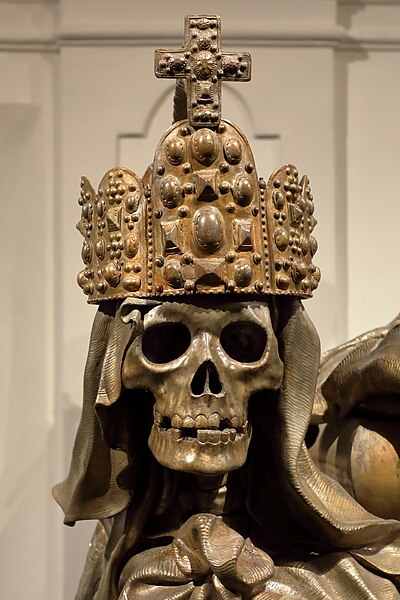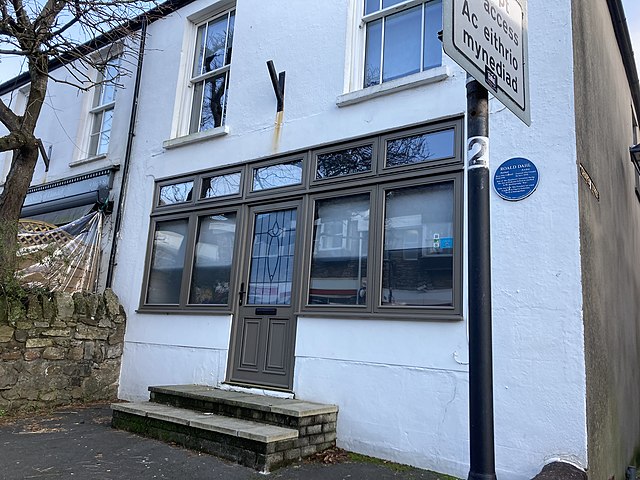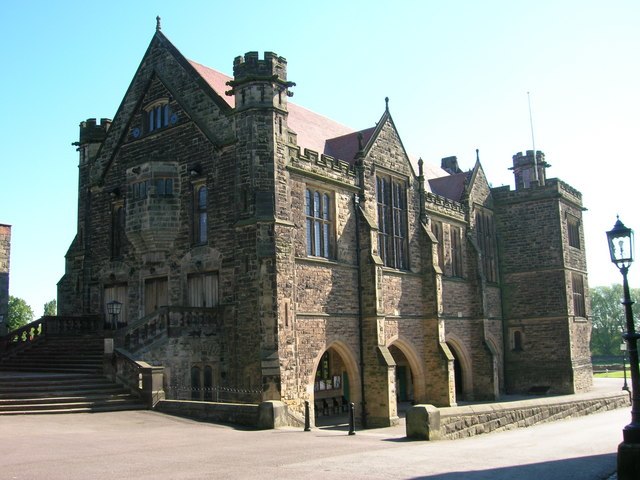In works of art, the adjective macabre means "having the quality of having a grim or ghastly atmosphere". The macabre works to emphasize the details and symbols of death. The term also refers to works particularly gruesome in nature.
Upper section of the Transi of René de Chalon. Sculpture by Ligier Richier, c. 1545–1547.
A death head wearing the Imperial Crown of the Holy Roman Empire, on the sarcophagus of Habsburg emperor Charles VI in the crypt of the Capuchin church in Vienna, Austria.
Trionfo della Morte ("Triumph of Death"), fresco painted by Buonamico Buffalmacco (c. 1330s–1350, disputed), Pisa, Italy
Chandelier of human bones and skulls, Sedlec Ossuary, Czech Republic
Roald Dahl was a British author of popular children's literature and short stories, a poet, screenwriter and a wartime fighter ace. His books have sold more than 300 million copies worldwide. Dahl has been called "one of the greatest storytellers for children of the 20th century".
Dahl in 1954
At age 10 with his sisters Alfhild, Else and Asta. Cardiff, 1927.
Mrs Pratchett's former sweet shop in Llandaff, Cardiff, has a blue plaque dedicated to Dahl. His autobiography Boy: Tales of Childhood recalls the prank he and his friends played on her in a jar of gobstoppers.
Repton School in Derbyshire which Dahl attended from 1929 to 1934








